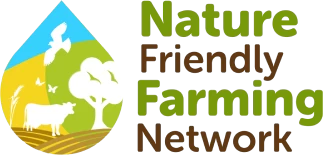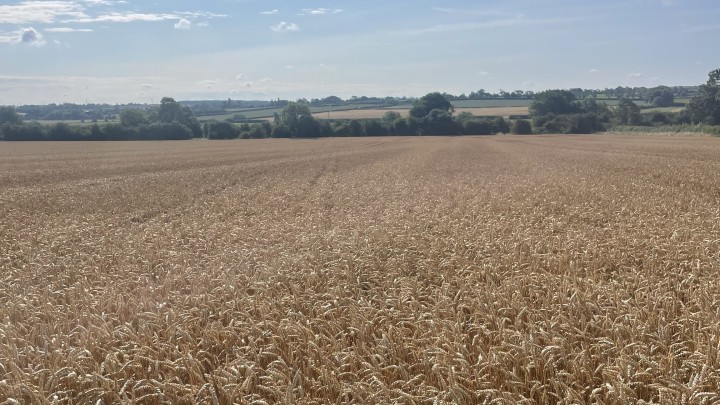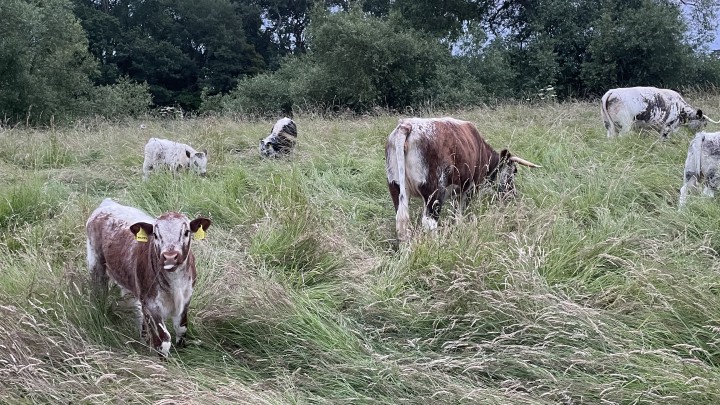When Tom Edmondson set out to secure the future of his family farm on the outskirts of Milton Keynes, he found the answers beneath his feet - in the soil. His journey into nature-friendly farming has built resilience from the ground up.
Cranley Barn Farms is a mixed farming operation situated eight miles from Milton Keynes, with one-third of its 300 acres dedicated to permanent pasture and the remaining two-thirds used for arable crops. Tom Edmondson is the third generation of his family to work the land, alongside his wife Mary.
Tom always knew he wanted to be a farmer, but when he left university in 2005 he was unsure about a career in the intensive indoor pig-rearing business on the farm at that time. Nevertheless, that was his entry point into the industry when he returned home in 2012. Then, in 2014, his arable contractor abruptly announced he was quitting, forcing Tom and Mary to make a snap decision. They took on the arable farming themselves.
Initially, Tom pursued the high-input, high-output model he had learned at university, but after a couple of years, he realised it wasn’t working. Blackgrass was becoming a persistent problem, and despite investing heavily in drainage, the land remained wet. Through his advisory work, Tom had learned about cover crops and decided to give them a try.
“There was one particular field we ploughed and the soil came up in solid slabs, with blackgrass sprouting along the furrows,” Tom remembers. “It looked like a hedgehog’s back. The soil was dark grey, wet clay. We were never going to get a spring crop in it.”




